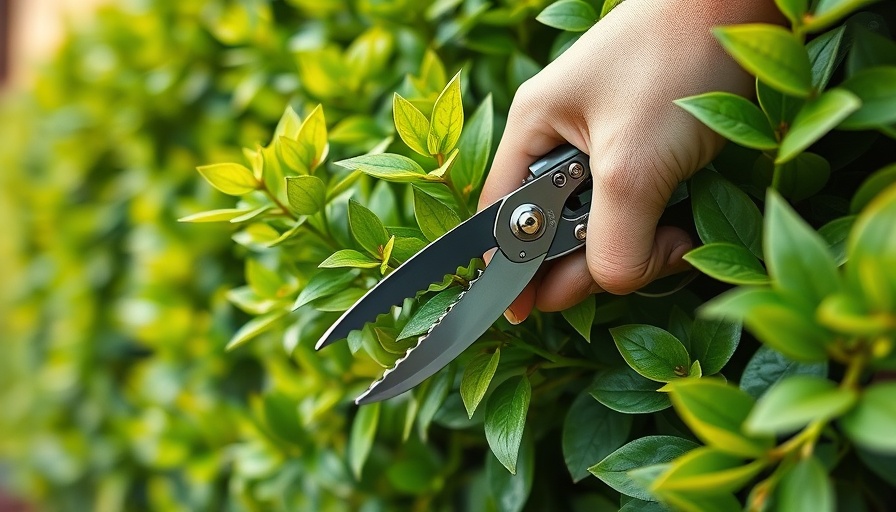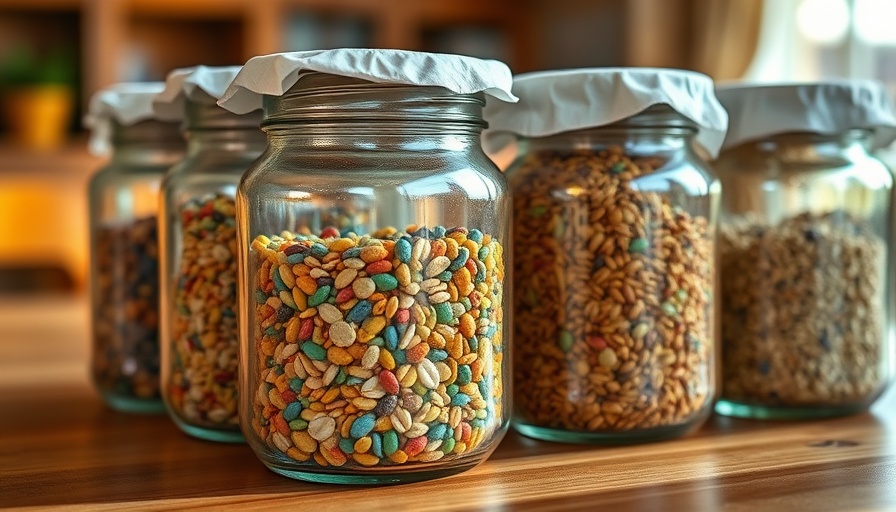
The Beauty and Benefits of Lavender in Your Outdoor Garden
As the sun shines brighter and summer envelops us, discussions about cultivating lavender grow ever louder. This remarkable herb is not only stunning and fragrant, but it also offers a treasure trove of health benefits, culinary uses, and ecological advantages. For gardeners eager to enhance their outdoor spaces, lavender stands out as an ideal choice.
Why Gardeners Love Growing Lavender
Lavender's versatility is often a surprise for many. Besides being a visual delight with its vibrant purple hues and soothing scent, it also attracts helpful pollinators such as bees, proving beneficial for biodiversity in your garden. Moreover, deer and rabbits often shy away from lavender, making it a low-maintenance option for those who struggle with wildlife disrupting their plants.
Key Types of Lavender to Consider
For any gardener, understanding the different types of lavender is essential. The two most popular categories include:
- English Lavender (Lavandula angustifolia): Known for its long purple flower spikes and silvery-green leaves, English lavender is a culinary favorite and comes in various shades, including stunning white and pink.
- Spanish Lavender (Lavandula stoechas): Recognizable by its bushy appearance and rounded flower tops, Spanish lavender is primarily grown for ornamental purposes and is particularly attractive to bees, making it a perfect choice for pollinator gardens.
Caring for Your Lavender Plants
Successfully growing lavender does require some know-how. Here are a few essential tips:
- Sunlight: Lavender loves the sun! Ensure it receives at least six hours of direct sunlight each day.
- Water: Lavender is drought-resistant; water it sparingly, allowing the soil to dry out between watering.
- Pruning: Regular pruning not only keeps your plants looking neat but also encourages fresh blooms each season. Make sure to prune after flowering for the best results.
Harvesting and Using Lavender
Harvesting your lavender at the right time enriches its fragrance and flavor. Aim to cut the stems just before the blooms fully open.
The culinary uses of lavender are endless! Add it to baked goods, infuse oils, or create calming teas. Not to mention its place in natural beauty products and aromatherapy, where its soothing scent can promote relaxation and reduce stress.
Your Next Steps in Cultivating Lavender
Embarking on your lavender-growing journey not only beautifies your outdoor garden but also provides a source of joy, relaxation, and nourishment. Ready to transform your garden into a lavender oasis? Take these tips and incorporate them as you dive into the enchanting world of lavender!
 Add Row
Add Row  Add
Add 




Write A Comment